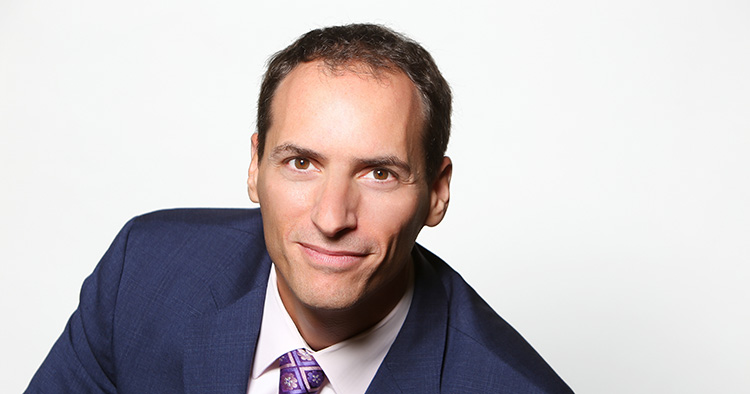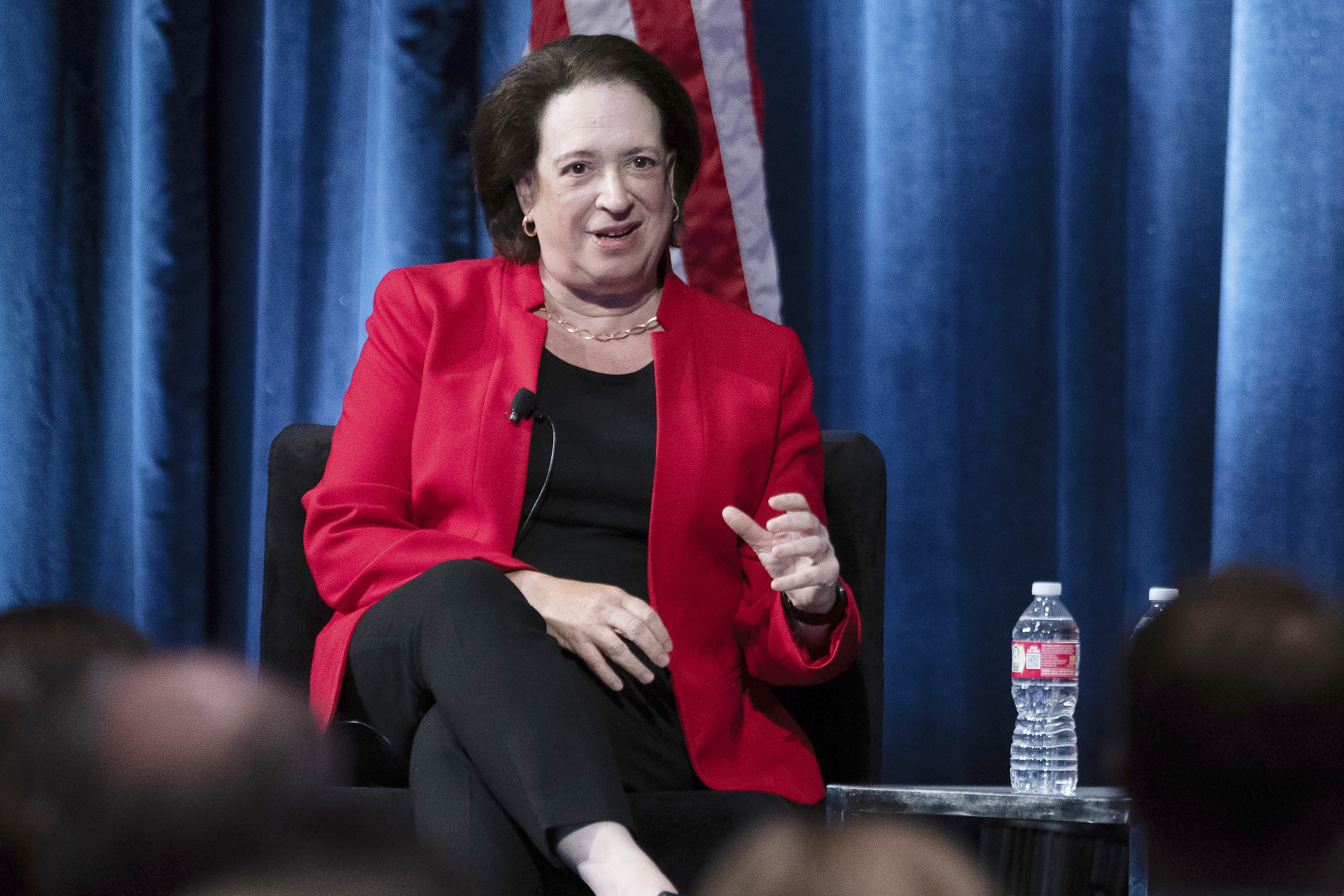A roadmap for law firm innovation in 2019

Ari Kaplan
Ari Kaplan spoke with three employees of the global law firm Orrick. Wendy Curtis is the chief innovation officer, Kate Orr is the senior innovation counsel, and Daryl Shetterly is the director of Orrick Analytics.
This Q&A has been condensed.
Ari Kaplan: Tell us about how you craft your innovation strategy.
Wendy Curtis: We’re actually all together today in Wheeling, West Virginia, at our Global Operations Center. Kate and I reside in our Washington, D.C., office, but we are here today to finish our hackathons. As of this afternoon, we have engaged in hackathons with over 1,000 employees. Today, we interacted with over 100 attendees, including the mayor of Wheeling, a law professor, a law student and a legal operations professional from a corporation in the region. We asked all of the attendees to help us think about our ongoing innovation strategy. Although we have been very successful at innovation, it is a constant process, so we can’t stop or rest on our laurels. We have to constantly think about what’s next: how we can better meet our clients’ demands, ways to attract the best talent, and how to integrate technology.
Ari Kaplan: Orrick recently launched a new investment initiative for legal tech startups. How does that align with the firm’s core business?
Wendy Curtis: It really fits in two ways. First, we focus on three sectors: energy, finance, and tech and innovation. Since we work with technology companies for which innovation is a huge part of their overall business plan, this is very much a part of who we are.
Second, we have a portfolio approach that includes our Global Operations Center, Orrick Labs, which is our skunkworks department where we can develop internal technology if it’s not available in the market, and we have Orrick Analytics. We have all of the innovation that we’re doing with talent, including the creation of new roles, nurturing different talents, and developing various career paths, and then we have our hackathons. We have demonstrated a commitment to really re-evaluating the way that we deliver legal services, and so all of that focus is about our clients. This opportunity to invest in technology companies that we think are going to be successful will give us a chance to beta-test technology early and accelerate the pace with which we can bring those technologies to our clients.
Ari Kaplan: Why has innovation taken such a central role in law firm operations in the past year?
Kate Orr: It’s no secret that the legal profession and law firms are changing. Clients are increasingly focused on how we are delivering our legal services to them; including how we’re staffing the work that we’re performing; how we’re pricing the work; the technology that we’re using and bringing to bear on their engagements; and how that impacts their bottom line. They also really do care about the processes that we have in place to ensure that we’re working as efficiently as possible.
As a result, innovation in law firms is growing to meet all of those challenges, but it requires a real commitment by law firms to do so. It may seem easy to an outsider to implement a process to make something better, faster and stronger. but to actually identify, scope, and execute on really meaningful change takes a tremendous amount of work, and it is something that we focus on every day. Innovation at the firm and in law firms is taking on the incredible role and incredible challenge of delivering the highest-quality services to our clients at the metrics and price points that they expect.
It’s something for which clients are increasingly asking. We worked with them to figure out what they want and where they’re going. Our clients participate in our hackathons, and we’ve gotten great ideas from them. Daryl and I have been meeting with clients to talk about innovation in the legal department, but what’s even more exciting and engages our intellectual curiosity is that we’re getting to hear about innovation in our clients’ businesses, then look for ways to translate that into how we deliver legal services.
Ari Kaplan: What role does Orrick Analytics play in the firm’s innovation roadmap?
Daryl Shetterly: Orrick Analytics is all about using different combinations of people, processes and technology to deliver legal services more efficiently. From a personnel perspective, in addition to the traditional timekeeper, we also have statisticians, project managers and big-data analytics professionals, among others. There is a different type of human coming to the table at Orrick Analytics. Our process regime is built on the Lean Six Sigma model, where we are bringing repeatable protocols, checklists, defined workflows and auditable processes to the delivery of legal services. We think about things holistically and systematically, not as an ad hoc, one-off effort.
From a technology perspective, Wendy mentioned our Orrick Labs skunkworks, where we build technology but also work with a variety of legal tech vendors across the industry, which is one of the reasons why we’re so excited about this new venture fund. This alliance of people, process, and technology is changing the way we deliver legal services.
Ari Kaplan: How can firms align their various innovation initiatives under a single effort?
Wendy Curtis: We represent the leadership of the innovation department and are able to leverage our collective expertise and experience to ensure that the firm’s offerings are not siloed. We also help bring rigor to the evaluation of innovative ideas across the firm to ensure that we properly invest resources in projects that are consistent with our overall strategy.
It is important that innovation does not become bureaucratic. Although we are a centralized group, our job is not to be the sole generator of ideas. Rather, we need to have a thousand seeds in the firm within a lot of different areas developing. We encourage that by giving innovation credit to our associates and allowing those seeds to develop. If an idea seems viable, then we come in and help to put fertilizer on the plant to ensure that it grows faster without re-creating an existing business model, performing unnecessary technology evaluations, improperly staffing a project or struggling with a go-to-market strategy since we are familiar with those variables from previous projects.
Ari Kaplan: How do you create a culture of innovation?
Kate Orr: First, we involve everyone within the firm in innovation. We have an annual innovation prize, host hackathons and other events and try to encourage people to share ideas with us in as many different ways as possible. We walk the halls to understand pain points and help our professionals think about improvements.
Second, we actually execute on the ideas. Our job is to help identify favorable concepts and empower others to use firm resources toward their execution. If we aren’t executing and showing meaningful change, the ideas would come to a complete stop.
Third, we really recognize and measure the successes of our innovation, which includes measuring tangible impact (e.g., money and time saved). We are very thoughtful about capturing those analytics and then sharing the success within Orrick.
Wendy Curtis: We also have to recognize our chairman, who has articulated this as part of our core strategy. With that kind of support, we are empowered to have a bigger impact.
Ari Kaplan: How can firms build multidisciplinary teams to execute on a unified vision?
Daryl Shetterly: Orrick is different because when you represent so many tech clients, change and innovation are in the DNA of our attorneys. We have a core mentality of right timekeeper, right task. That cultural reality is crucial because we don’t have to sell the idea of pulling in a different type of resource for a multidisciplinary team. Rather, partners come to us and ask for professionals with a certain skill set. That is part of what makes Orrick a unique place to work and enables it to apply a different approach to law.
Ari Kaplan: How do you see the era of law firm innovation evolving?
Wendy Curtis: The time of talking about lawyers and nonlawyers is over. That distinction as a defining factor in a law firm culture has to stop. The idea of multidisciplinary teams is critical, and the contribution of technologists and business professionals is huge. We are seeing new career paths within law and also different skill sets that are needed. We really love what we do and are lucky to get to do it. I hope that the changes in predictability for work, cost, and resources, as well as developments in technology, will allow lawyers and other team members to focus on more complex tasks, which will improve both career and client satisfaction.
Listen to the complete interview at Reinventing Professionals.
Ari Kaplan regularly interviews leaders in the legal industry and in the broader professional services community to share perspective, highlight transformative change and introduce new technology at his blog and on iTunes.



